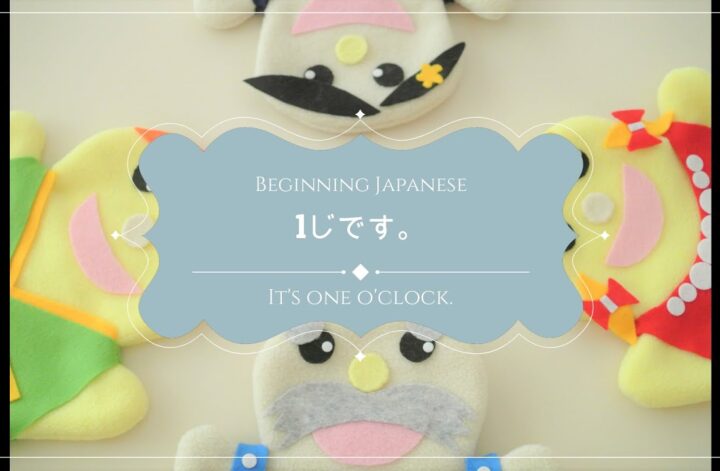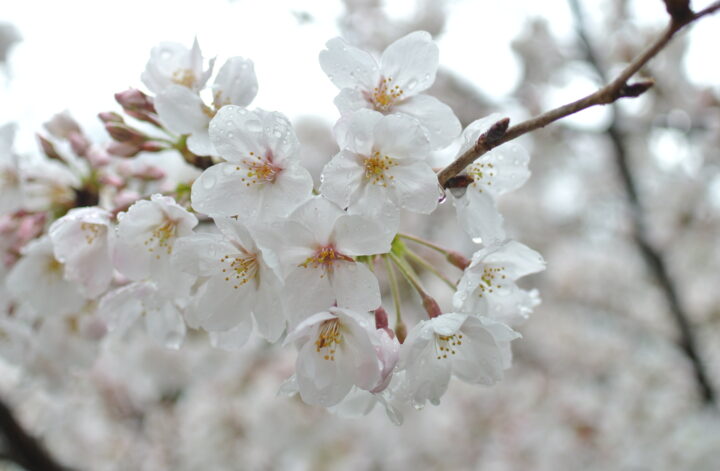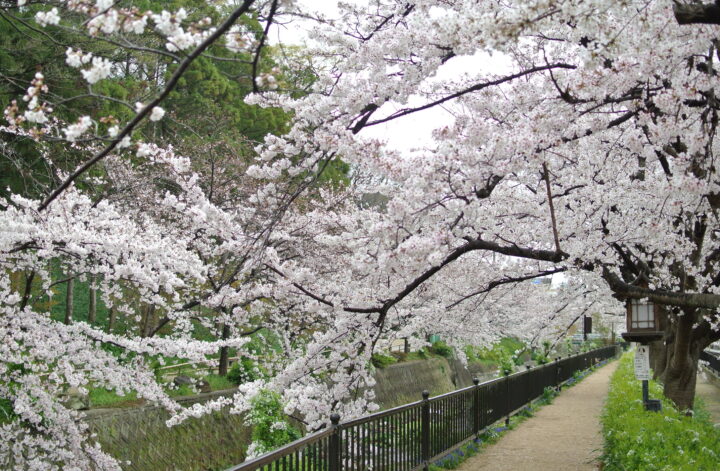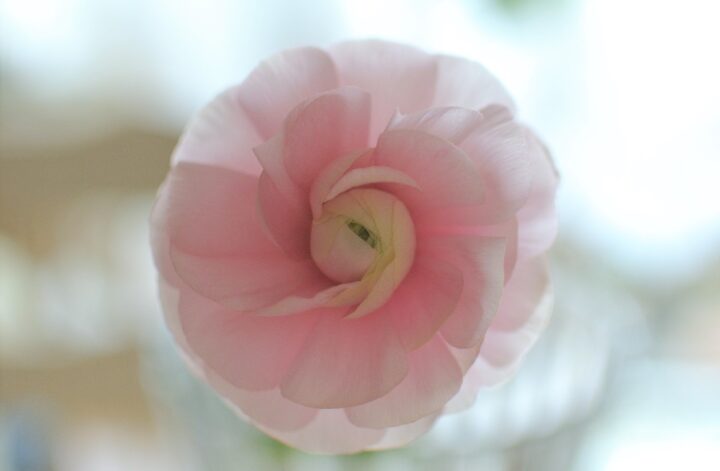Answer the following question. いま、なんがつですか。Ima, nan gatsu desu k […]
BEGINNING JAPANESE
Posted on:
Day 55: You can say, “It is 12:05.” and “I will wait for three minutes.” in Japanese.
Answer the following question. いま、なんじですか。Ima, nanji desu ka. [ […]
BEGINNING JAPANESE
Posted on:
Day 54: You can say, “The class is from 1:00 to 3:00.” in Japanese.
Answer the following questions. You can round up or down the nu […]
BEGINNING JAPANESE
Posted on:
Day 53: You can say, “When are you going shopping?” and “What day are you going shopping?” in Japanese.
Answer the following question. いつ にほんごを べんきょうしますか。(Itsu nihongo […]
BEGINNING JAPANESE
Posted on:
Day 52: You can say, “I get up at six.” in Japanese.
Answer the following questions. You can round up or down the nu […]
BEGINNING JAPANESE
Posted on:
Day 51: You can say, “What time is it?” and “It is one o’clock.” in Japanese.
Answer the question. You can round up or down the number. いま、なん […]
Life
Posted on:
Hanami (cherry blossom viewing)
In early spring, Japanese people can’t wait for cherry bl […]
Life
Posted on:
Cherry blossoms in my neighborhood
Although I didn’t go far away for hanami (cherry blossom […]
ELEMENTARY ENGLISH
Posted on:
結婚しています
次の文を英語にしてください。 1. 私は10年前に彼女と結婚しました。2. 私たちは結婚しています。3. 私と結婚してくれませ […]











